I’m often asked if melt and pour soap is a soap or a cosmetic. To quote one of my favorite law blogs (The Legal Genealogist) the answer is, “it depends.”
Definitions
It all comes down to definitions, and the word “soap” has several. Sometimes they overlap, and sometimes they are completely different.
Definitions of Soap:
General (Dictionary) Definition of Soap:
Soap is a product that is used with water to make suds and is used for cleaning.
Chemical Definition of Soap:
Soap is the alkali salt of fatty acids.
By the general definition a wide array of products could be considered soap, including soap (by the chemical definition below) and also synthetic detergents, various surfactants, and even some plants such as soapwort (Saponaria).
The chemical definition is very distinct. It is the result of mixing an alkali (sodium hydroxide or potassium hydroxide) with animal or vegetable fats or oils (which are triglycerides and contain fatty acids).
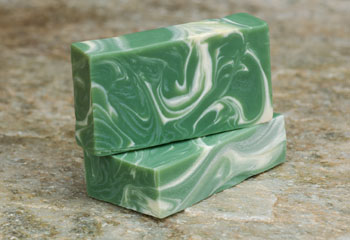
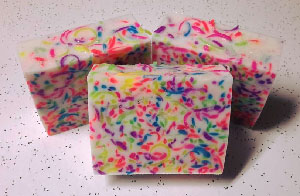
For the sake of simplicity, I generally refer to this type of soap as a true soap.
Directly from the regulations:
(1) The bulk of the nonvolatile matter in the product consists of an alkali salt of fatty acids and the detergent properties of the article are due to the alkali-fatty acid compounds; and
(2) The product is labeled, sold, and represented only as soap.
21 CFR 701.20
FDA Definition
The FDA regulations clarify what they meant when they said “except soap” in the definition of a cosmetic.
In this case, soap must chemically be “soap” AND it must be labeled, sold, and represented only as soap.
Melt and Pour Soap
Melt and pour soap base is used to make products that are used with water to make suds and clean. So it is “soap” by the general definition.
A closer look, though, shows that some melt and pour soaps are “true soaps” and some are detergent based (making them soaps in the general sense, but not in the chemical sense).
Your supplier should be able to provide you with an accurate ingredient declaration and help you determine if the product meets the FDA definition of a true soap or not.
Example 1
Brambleberry.com offers Stephenson Suspending Melt and Pour Base which has an ingredient listing of:
Water, Propylene Glycol, Sodium Stearate, Glycerin, Sucrose, Sodium Laureth Sulfate, Sorbitol, Sodium Laurate, Sodium Mysistate, Sodium Lauryl Sulfate, Silica, Sodium Chloride, Stearic Acid, Lauric Acid, Pentasodium Pentetate, Tetrasodium Etidronate.
While it does contain some true soap (sodium stearate, sodium laurate, and sodium mysistate), it also contains detergents (sodium laureth sulfate and sodium lauryl sulfate) as well as a number of other non-soap components.
It is a “soap” in the general sense, partially a “true” soap, and NOT a soap (and so a cosmetic) in the FDA definition.
Example 2
Brambleberry.com also offers SFIC Clear Melt and Pour Soap Base which lists ingredients:
Coconut Oil, Palm Oil, Safflower Oil, Glycerin, Water, Sodium Hydroxide, Sorbitol, Sorbitan oleate, Oat Protein.
Based on that ingredient list1 the product would be a “true soap” because the bulk of the product is the result of the saponification of the coconut, palm, and safflower oils with the sodium hydroxide.
Example 2.5
The explanation of the SFIC Clear Melt and Pour Soap Base includes claims that the sorbitol and oat protein are “moisturizing.” If the soap made from the base were to be touted as “moisturizing,” then the product would be a “moisturizer” and not just a “soap.” So it wouldn’t fit under the FDA definition of a soap. (It would be a cosmetic.)
Soap or Cosmetic?
A melt and pour product that DOES MEET the FDA definition of soap IS NOT a cosmetic and is regulated by the Consumer Product Safety Commission (for safety) and by the Federal Trade Commission (for labeling). The ingredient declaration is not required.
A melt and pour product that DOES NOT MEET the FDA definition of soap IS a cosmetic and is regulated by the FDA. An ingredient declaration is required on the package label.
Chart of Possibilities
In these examples, all of the products fit the GENERAL definition of soap.
In the first column (headed “Soap Type”), “true soap” means it meets the chemical definition of soap and “detergent” means that it contains all or some non-true-soap cleansing ingredients (generally detergents). In the second column (headed “Claims”), “moisturizes” is a cosmetic claim. Any other cosmetic claim would have the same result in the chart.
| Soap Type | Claims | Called | It is a… |
|---|---|---|---|
| True Soap | Cleans | Soap | Soap |
| Detergent | Cleans | Soap | Cosmetic |
| True Soap | Moisturizes | Soap | Cosmetic |
| Detergent | Moisturizes | Soap | Cosmetic |
| True Soap | Cleans | Beauty Bar | Cosmetic |
| Detergent | Cleans | Beauty Bar | Cosmetic |
| True Soap | Conditions | Shampoo | Cosmetic |
| Detergent | Conditions | Shampoo | Cosmetic |
Note that there is only ONE combination of product type, claims and name that is a soap under the FDA definition. All others are cosmetics and fall within the FDA regulations for cosmetics.
For more details on the applicable regulations and how to label soap and cosmetic products, see my books, Soap and Cosmetic Labeling and Navigating the Rules & Regs, both available at Amazon.com using the buttons below.
- The product listing at Brambleberry.com includes a note saying that the manufacturer uses additional “processing aids” which are not disclosed. ↩︎
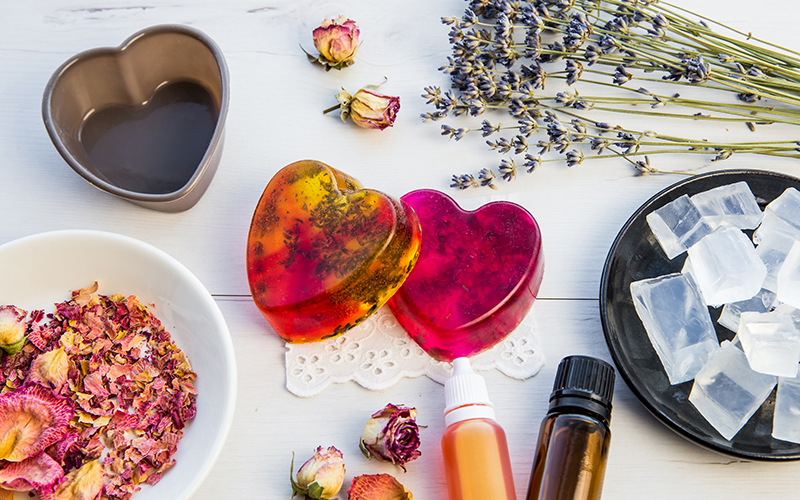
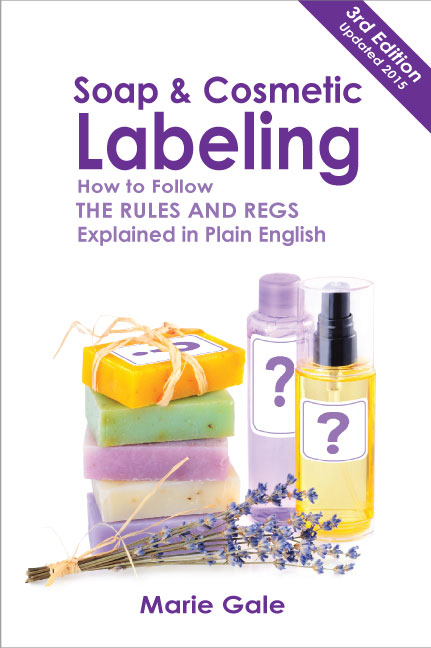
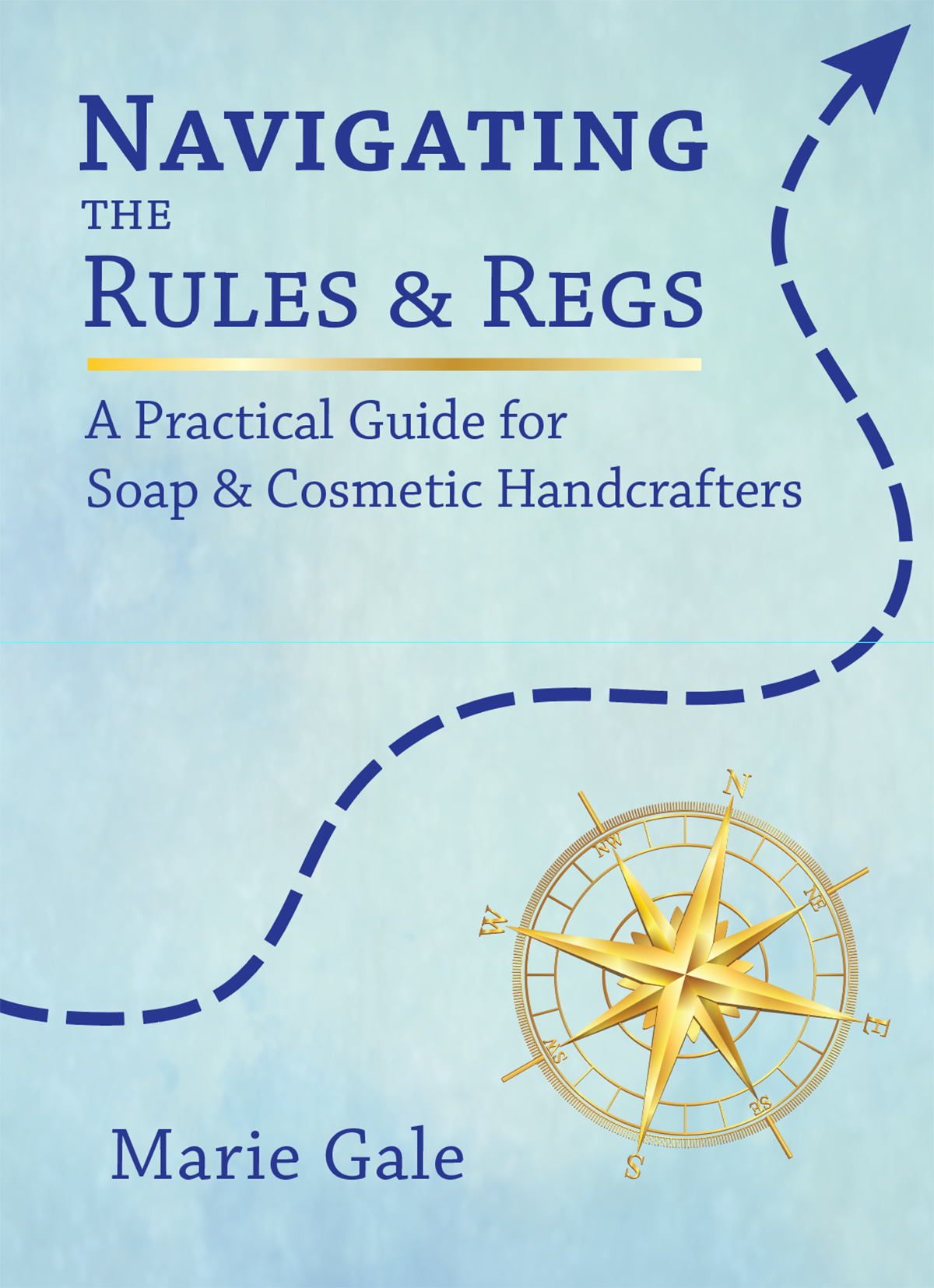
Leave a Reply